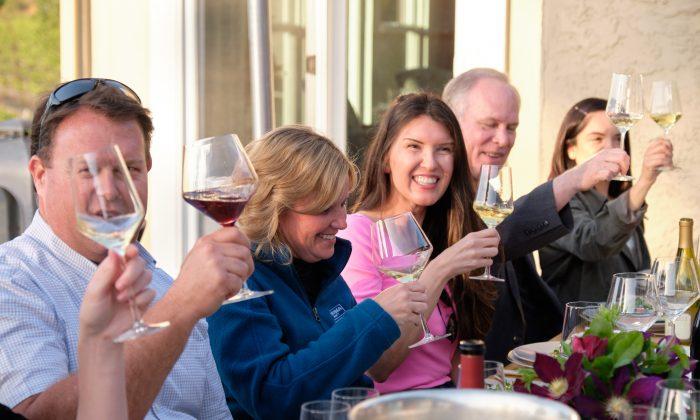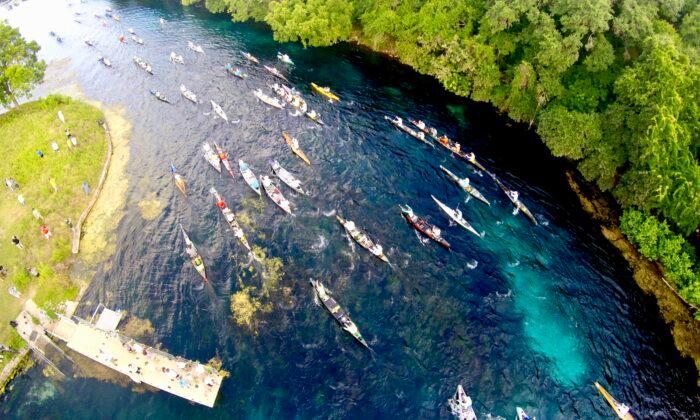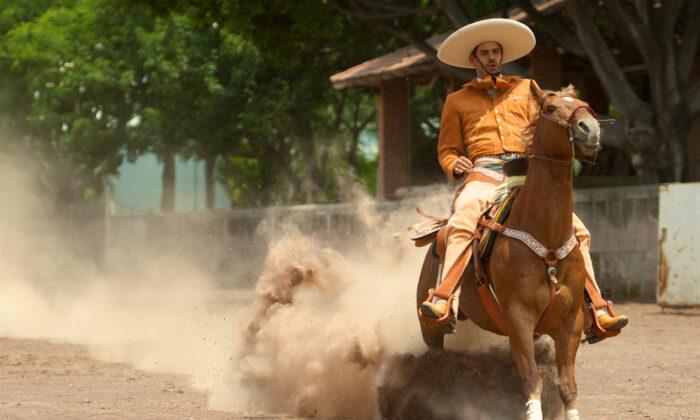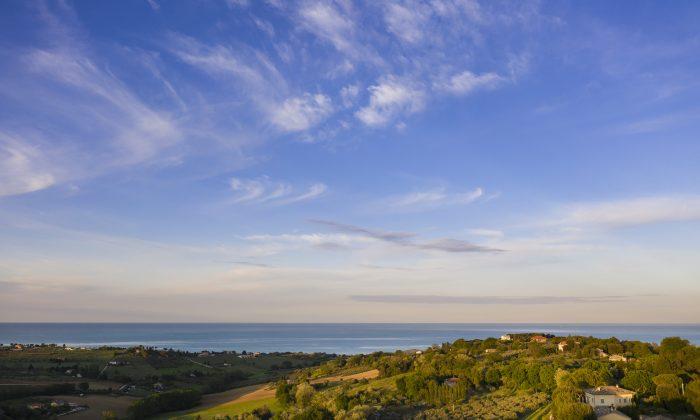Someone who enjoys wine three to seven days a week doesn’t need a reason to celebrate National Wine Day, but wine is my favorite of all the drinks, and it’s also an opportunity to geek out archaeologically (more on that later). Soon, when I land in Italy, I’ll celebrate seven days straight of International Wine Day. It’s a state of mind.
The “real” National Wine Day is May 25th, and its purpose, as far as I’m concerned, doesn’t require a single sip: It’s a day to appreciate and enjoy the history of wine, a day of education and gratitude. Wine was being made before history was being recorded. Science has traced the earliest winemaking back 8,000 years, and today it’s produced on six of the world’s seven continents. That’s longevity.
While consumption isn’t necessary to appreciate the impact wine has made over time, I do urge you to have a swirl, a taste, or even a glass. Better yet, share the experience with someone.
I offer these reasons to try, continue to drink, or fall deeper in love with wine.
Wine makes food taste better and enhances your palate.
As Julia Child said, “Wine is meant to be with food—that’s the point of it!” Certain pairings are nearly always slam dunks: a tannic Cabernet with rich blue cheese, or Syrah and leg of lamb. But rather than adhere to stringent rules on pairing wine with food, I encourage people to experiment and discover what they truly enjoy.But Julia also said, “Food, like the people who eat it, can be stimulated by wine or spirits. And, as with people, it can also be spoiled.” While I implore you to “try anything twice,” just to be sure, I assure you that, unless you love fishy-tasting sashimi, a slice of tuna will not resonate with an oaky chardonnay.
But isn’t that lesson best learned first-hand? Trial and error build your palate. Recognizing the nuances of wine is one thing; holding them up against and in comparison to the nuances and textures of food provides another level of cerebral stimulation.
It’s an acquired taste that’s worth the work.
Just as no one is born loving hot sauce, no one is born loving wine. It’s an acquired taste, and going the distance to truly loving wine earns a lifelong reward.I have come a long way since my early 20s when I thought of wine as “red or white.”
Think of Thai food, a combination of salty, sweet, sour, and spicy that sings most harmoniously when those four factors are engaged in a balanced dance. Wine is similarly a balance of fruit, acidity, bitterness, and body that shines brightest when those factors are in balance. Though it takes a great deal of practice to recognize what works, it’s one of the greatest time investments I’ve ever made.
Life learners: This gift keeps giving.
With wine, there’s always more to learn.My first formal schooling on wine came after culinary school. I had a decent grasp on grape varietals and what pairs with what, but shortly into my coursework I started to learn about soils and weather patterns, about good fungi and bad, about standards being constantly adjusted—and realized that the wine I was tasting was a little tiny island and the big picture was everything under water.
If you fancy yourself a lifelong learner, become a student of wine.
It’s craftsmanship—and a little time machine—in a bottle.
I get a tad sentimental thinking about wine’s ability to transport me to a time and a place. How many of the things we consume can tell us a story without saying a single word? That’s terroir, the (ever-changing) environment where a wine came from, and it’s what makes me liken great wines to original works of art.As if that variable wasn’t enough, even after the soil and climate have their way on the vines, the vineyard managers, harvesters, winemakers, and blenders still need to work their magic. Every bottle is unique. Now, not all wines tell these fantastic tales, but I think the ones that do are worth the extra $10 or so per bottle.
It anchors the memory of a time and a place.
Put all I just wrote aside for a moment—we’re talking about alcoholic grape juice, after all! Far more sentimental than the time and place a wine was made in is the time and place we were and the company we kept while enjoying it.I’m recalling the inexpensive Tempranillo we’d buy back when we didn’t know any better and couldn’t afford more; the first time I got my mother to admit the wine did make the food taste better; the Sauternes that blew my dinner party dessert through the roof and the friends who won’t let me forget it; or that first date when we decided to forego a boring coffee for a mid-range bottle of Malbec—but just the 375 ml, because it was a first date.
I don’t remember what those wines tasted like, but I’ll never forget them.
8,000 Years of Wine
Thanks to advanced dating techniques, scientists have an idea when wine started being produced and consumed.In 2007, an ancient winery was discovered in a cave in Areni, in the province of Vayots Dzor, Armenia. The archaeologists found wine cups and jars dating back to 4300 B.C., but they deemed it a “winery” because of the presses, fermentation vats, and storage jars that were also unearthed. Before this site was discovered, the oldest known winemaking had been traced to 3100 B.C. in an Egyptian tomb.
After discovering this site, archaeologists proposed that winemaking probably went back even further than 6,000 years, by a couple hundred at least, as these wine-loving Armenians clearly had a good grasp on the technology. They were right. In 2017, 8,000-year-old wine residue was found in the Caucasus region of Eurasia, in what is now the country of Georgia. Talk about an aged wine!
The true beginnings of wine we may never know for sure. Pottery shards have been used for the archaeological dating, but it’s widely believed that well before pottery, animal hides were used to ferment grapes. Unfortunately, those decay over time.
Regardless of certainty, I extend my thanks to the country of Georgia, and recognize that a heck of a lot happened between then and now. From its spread throughout the Fertile Crescent of the Middle East to Greece, Egypt, and Italy—and those Romans really did their part—and to our glasses today, we can all appreciate that wine is among the oldest, most celebrated, and most culturally and historically significant drinks we consume.
Amanda Burrill sees through an adventurous lens, typically focused on culinary and travel. Her education includes a bachelor’s in archaeology, a master’s in journalism, a culinary degree from Le Cordon Bleu, and wine and spirits credentials earned while living in Paris. She is a U.S. Navy veteran, Ironman triathlete, high-alpine mountaineer, and injury connoisseur who ruminates on UnchartedLifestyleMag.com






Friends Read Free